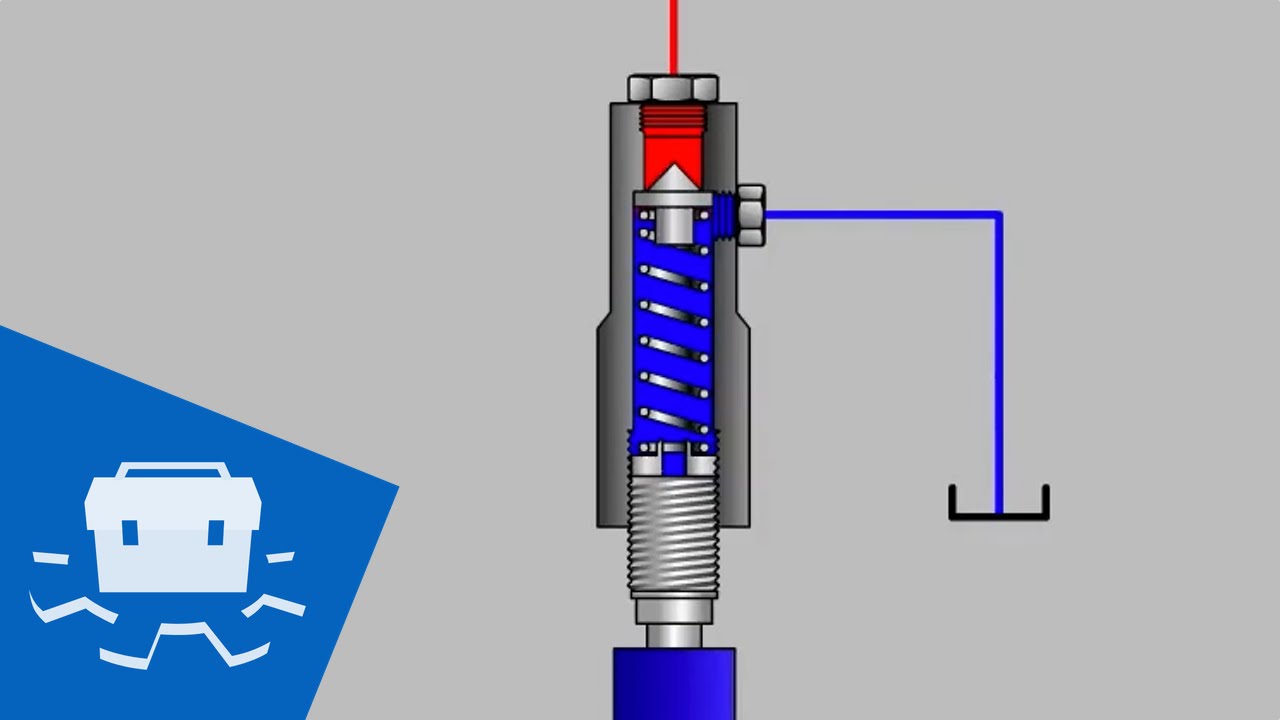Installing a Pressure Relief Valve (PRV) in HVAC systems is crucial for maintaining safety and efficiency. As industrial engineers, understanding the importance and process of PRV installation can help prevent system failures and ensure optimal operation. In this article, we will delve into the essential aspects of installing PRV in HVAC systems, providing valuable insights for engineers and technicians alike.

Why is Installing PRV in HVAC Systems Important?
The primary function of a PRV is to protect the system from excessive pressure buildup, which can lead to equipment damage or failure. By installing PRVs, systems are safeguarded against potential hazards, ensuring a safer working environment. Furthermore, PRVs help in maintaining system efficiency, reducing the risk of operational downtime.
Understanding the Basics of Pressure Relief Valves
Before diving into the installation process, it’s important to understand the basics of Pressure Relief Valves. A PRV is a safety device designed to release excess pressure from a system. It opens automatically when the pressure exceeds a predetermined level, allowing the excess pressure to escape, thus preventing damage.
Components of a PRV
A typical PRV consists of three main components: the valve body, the pressure setting mechanism, and the discharge port. Each component plays a critical role in the functioning of the valve, and understanding these components is essential for proper installation and maintenance.
The Valve Body
The valve body houses the internal components of the PRV and is designed to withstand high pressures. It is typically made from durable materials such as stainless steel or brass, ensuring longevity and reliability.
The Pressure Setting Mechanism
This component determines the pressure at which the valve will open. Adjusting the pressure setting allows the PRV to be customized for specific system requirements.
The Discharge Port
The discharge port allows the excess pressure to escape from the system. It is important to ensure that the discharge port is properly sized and positioned to prevent backpressure and ensure effective pressure relief.
Steps for Installing PRV in HVAC Systems
Proper installation of a PRV is crucial for its effective operation. Here are the steps involved in installing a PRV in HVAC systems:
1. Select the Appropriate PRV
Choosing the right PRV is the first step in the installation process. Consider factors such as the system’s operating pressure, temperature, and the type of fluid being used. It’s important to select a PRV that is compatible with the system’s specifications to ensure optimal performance.
For more information on selecting the right PRV, visit Understanding Pressure Relief.
2. Determine the Installation Location
The PRV should be installed at a location where it can effectively relieve excess pressure. Typically, this is at the highest point of the system or at a point where pressure is most likely to build up.
3. Prepare the Installation Site
Ensure that the installation site is clean and free from any debris. This will prevent any contamination that could affect the performance of the valve.
4. Install the PRV
Carefully install the PRV according to the manufacturer’s instructions. Ensure that all connections are secure and that there are no leaks.
5. Test the PRV
After installation, test the PRV to ensure it is functioning correctly. This involves checking the pressure setting and ensuring that the valve opens and closes as expected.
For guidance on testing PRVs, refer to How often to test PRVs.
Common Challenges in Installing PRV in HVAC Systems
While installing a PRV is generally straightforward, there are some common challenges that engineers may encounter:
1. Incorrect Valve Sizing
Using a PRV that is too small or too large for the system can lead to operational issues. It’s important to accurately size the valve based on the system’s requirements.
2. Improper Installation
Incorrect installation can result in leaks or reduced valve performance. Following the manufacturer’s instructions and ensuring proper connections is crucial for successful installation.
3. Inadequate Maintenance
Regular maintenance is essential for the continued performance of a PRV. Without proper maintenance, the valve may become prone to failure or malfunction.
For more information on valve maintenance, visit Valve testing frequency.
The Role of PRV in Enhancing System Safety
Installing a PRV in HVAC systems plays a crucial role in enhancing system safety. By preventing excessive pressure buildup, PRVs reduce the risk of equipment damage and ensure a safer working environment. Additionally, they help maintain system efficiency, contributing to overall operational reliability.
Enhancing System Longevity
By protecting the system from pressure-related damage, PRVs contribute to the longevity of HVAC systems. This not only reduces maintenance costs but also extends the lifespan of the equipment.

FAQs
What is the purpose of a PRV in HVAC systems?
A PRV is designed to prevent excessive pressure buildup in HVAC systems, ensuring safety and efficiency.
How do I choose the right PRV for my system?
Consider factors such as operating pressure, temperature, and fluid type when selecting a PRV. Refer to manufacturer guidelines for compatibility.
What are common issues with PRV installation?
Common issues include incorrect valve sizing, improper installation, and inadequate maintenance. Ensuring proper installation and regular maintenance can help address these issues.
For further reading on PRV installation, you can visit Understanding PRV function.
This article contains affiliate links. We may earn a commission at no extra cost to you.



